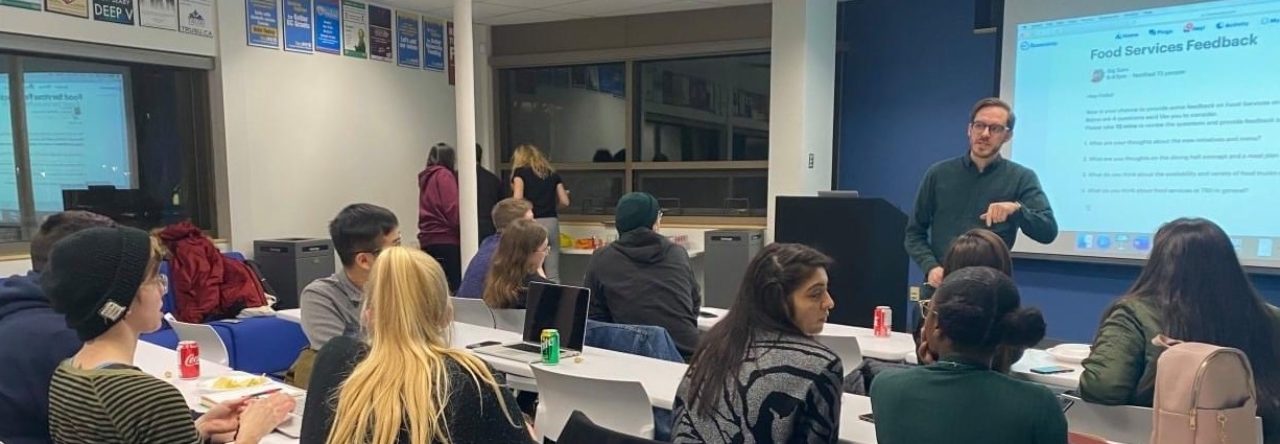I observed a video of a one-hour lesson in a beginner or literacy class focused on communicative ability across all skills (reading, writing, listening, and speaking). This class consists of thirteen working, adult learners from multiple ethnic backgrounds who are motivated to integrate in a Canadian community. The focuses of this lesson were review and practice of greetings and an introduction to and practice of clothes shopping. In this lesson, I appreciated the constructive ordering of activities to build understanding and skill and the variety of activities to maintain energy as well as the range of instructional techniques to ensure understanding and full communicative ability. I also noted challenges in basic instruction arising from this level of English learner as well as the diversity of learner abilities, but found the former address them well.
Activities were planned very thoughtfully to create conditions for success. For example, a warm-up focused on greetings began with a teacher-led review of response options, followed by individual teacher-student practice, followed by student-student practice, and concluded with an individual teacher-student exit ticket. The demands of students were gradually increased and were then brought back to the teacher for assessment. Similarly, the activities added variety so students didn’t get bored or frustrated. For example, activities on clothes shopping began with a teacher-led review of vocabulary and dialogue structures – but already within a role-play situation for interest and practicality. This switched to group speaking practice and then pair-work. Then it moved back to group practice but switch the skill focus to writing. Finally, the teacher concluded with presentation in front of the class for assessment. This variation also applied to the lesson as a whole with the use of a game nearer to the end, when student might have begun to lose energy or focus, and by concluding with an easier vocabulary review.
Throughout the lesson, I was impressed wit the range of instructional techniques the teacher employed for facilitation, error correction, and assessment. Target dialogue options and vocabulary were presented verbally, written, in drawings, in realia, and modelled with explicit instruction on pronunciation, inflection, and body language. This provided clarity to students and taught the full range of communicative ability. Error correction in the moment was often initiated by pausing with a quizzical face or posing a question to allow students to self-correct and feel successful. Correction was also presented after an activity when the teacher observed common problems in pair-work so that it was not confrontational and was of the widest benefit.
The challenges presented by this class were learner level. The teacher had to be very conscious of and spend time ensuring that the students understood the instructions of activities before learning the content of the activities could take place. Relying on stronger members of the class as guides was helpful. This was also the case with learners with very limited English skills. The teacher had to modify expectations and time spent assisting individuals based on their abilities.
Overall, this lesson highlighted the importance of preparing and having experience with many activities and techniques in order to provide for a diversity of learning styles, levels, and skills.


Leave a Reply